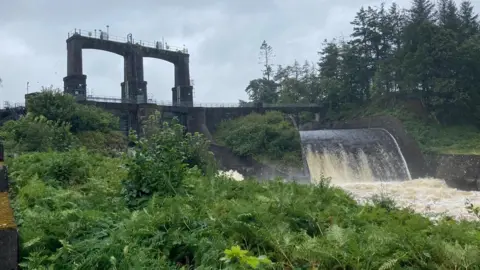River's salmon decline prompts hydro scheme help
 BBC
BBCA historic hydro scheme in south-west Scotland is trying to help tackle a dramatic decline in Atlantic salmon.
Numbers on the River Dee have dwindled from more than 1,000 about 15 years ago to just about 100 in recent years.
The Galloway Hydro Scheme - including the Tongland Dam - was built in the 1930s to capture the power of the local river system.
Operators Drax are working with the Scottish Environment Protection Agency (Sepa) and Galloway Fisheries Trust (GFT) to look at ways to create better conditions for more fish to thrive.
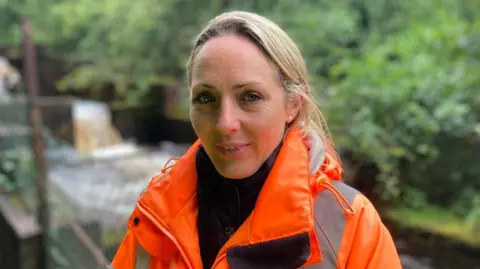
Rowan McCleary, a biologist with GFT, said the situation was at a critical point.
"The key thing right now is that the Atlantic salmon in the Dee are reaching crisis level," she said.
"What we want to achieve is a system down here at the very entrance to the river to enable more salmon to undertake successful spawning."
They have identified a number of issues on their route.
"Migratory fish use this fish path most of the year round," she explained.
"We have highlighted three bottlenecks within the lower river.
"These bottlenecks can be a leap for fish so we need to have enough flow going over this leap - but not too much flow that it inhibits fish."
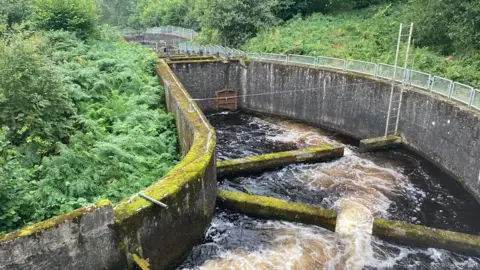
That has led to the development of a freshet scheme - pulses of water designed to mimic natural conditions and assist the salmon to move upstream.
As well as helping the fish themselves, this extra flow can also reduce predation by otters and deter poaching.
"We need to work together to make sure we maintain the optimum conditions for salmon moving into the river and up into the Dee catchment," said Ms McCleary.
"We should be seeing a population in excess of thousands of thousands of salmon.
"All we can hope for is by accelerating changes that we can make, we do everything possible to increase that number."
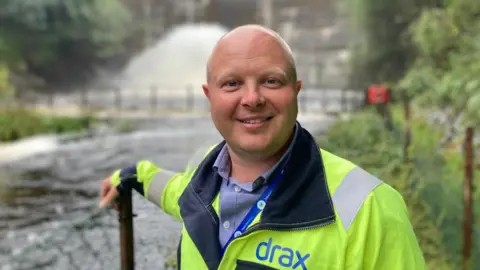
Martin McGhie, plant manager of the hydro scheme for Drax , said the company was looking to adapt its operations to try to assist.
"It's important to get the flows at an optimal condition to ensure that the passage for fish is as easy as possible," he said.
All of this is being carried out under the supervision of Sepa.
"Our job is to improve the water environment where it needs improved," said head of water and planning David Harley.
"What you can do in relation to big schemes like these - big dams and extractions - is make sure that there is enough water in the system to allow fish to pass up.
"When the fish are migrating a problem can be that there is not enough water downstream of these dams and these big structures."
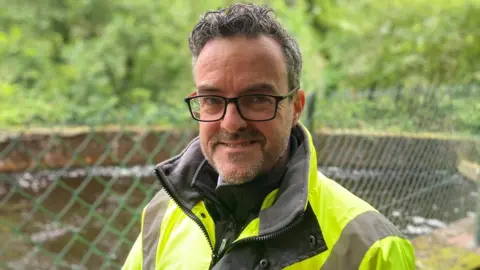
That is where the freshets come in and could help tackle one of the causes of the decline in salmon numbers.
"Salmon are an endangered species in Scotland - they are in trouble," said Mr Harley.
"They are a migratory fish, they live in different environments so the causes for that decline are complicated."
"With all of those pressures upon salmon we need to give them the best possible chance of survival.
"So wherever you can seek an improvement, you ensure that there is one.
"We will work with - and regulate where we need to - to ensure that the conditions for the salmon are as good as they possibly can be."
